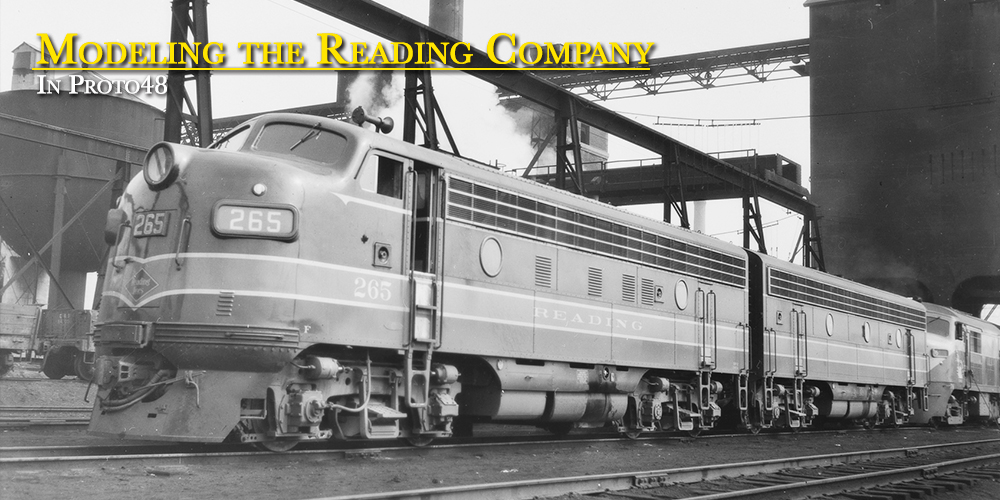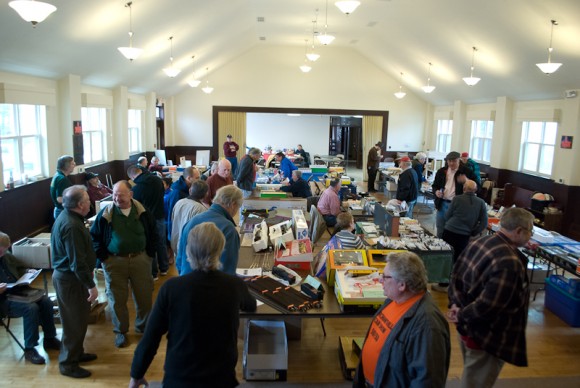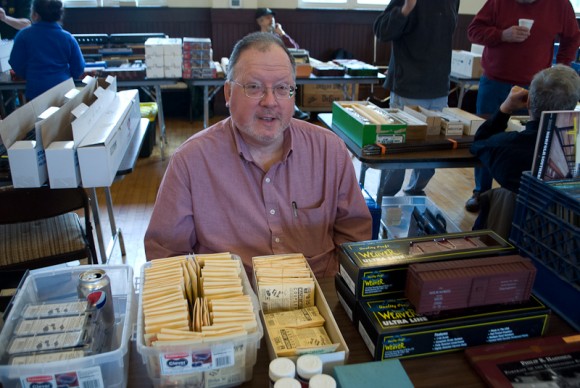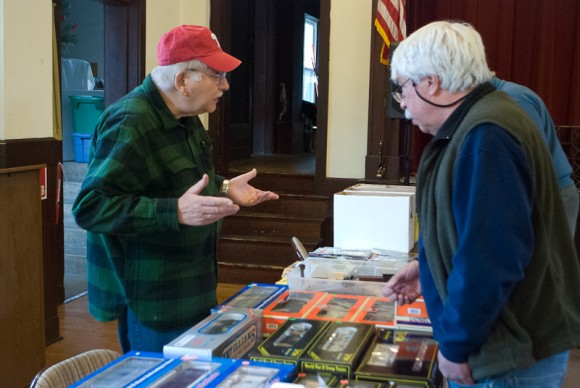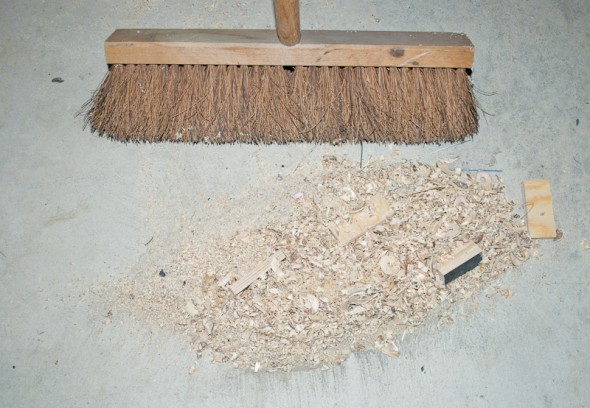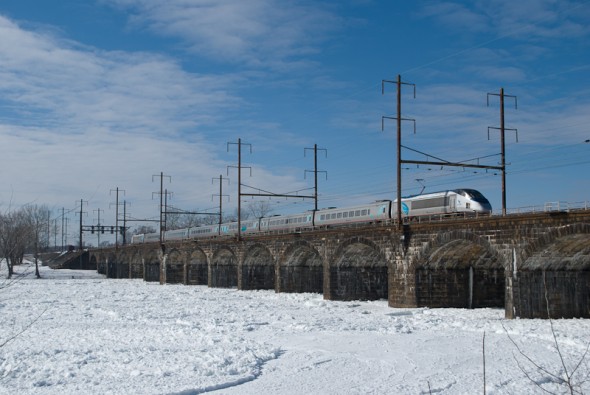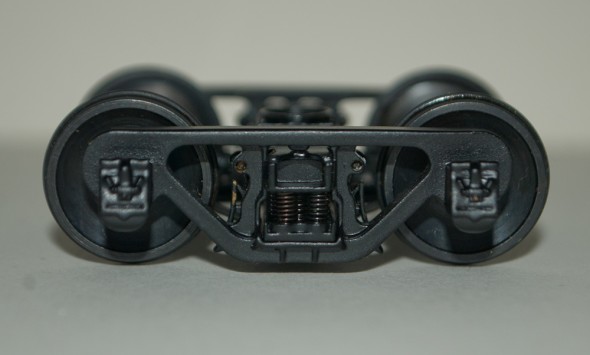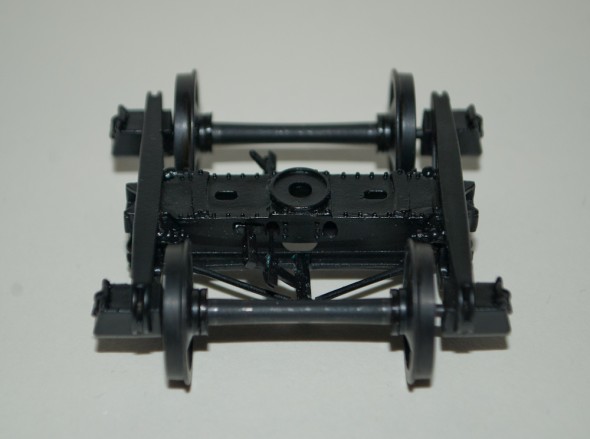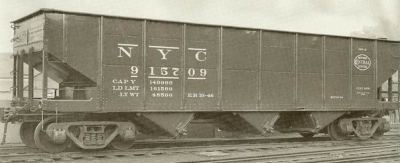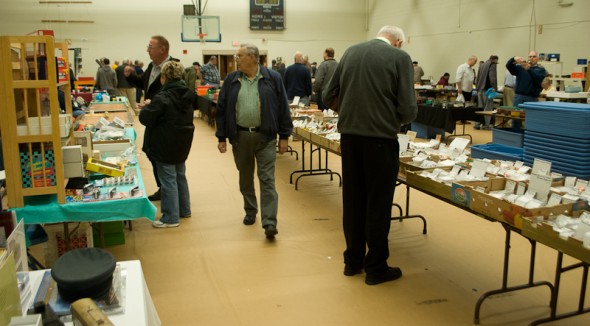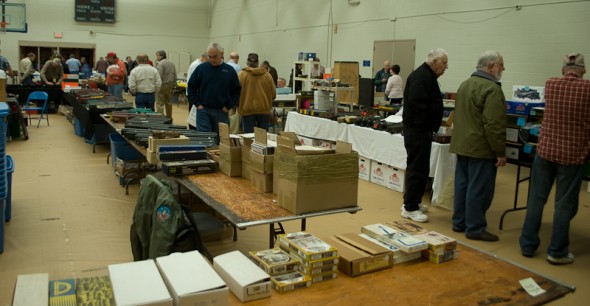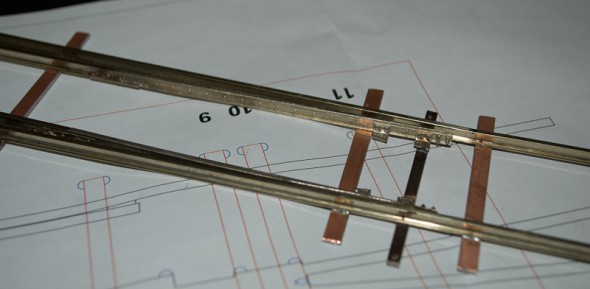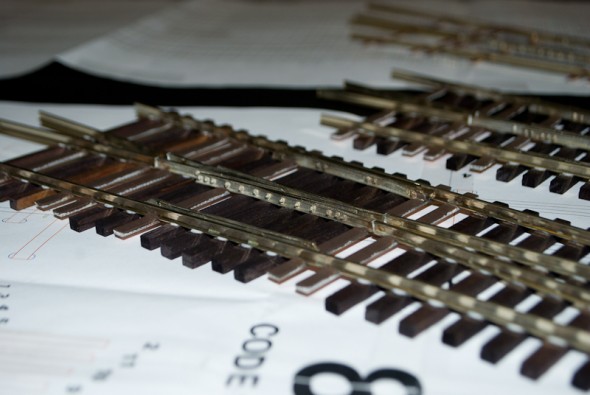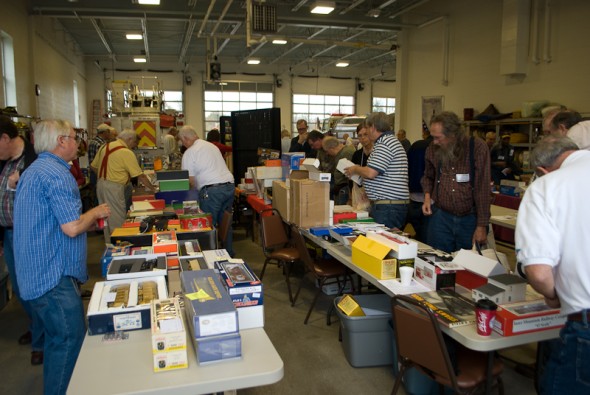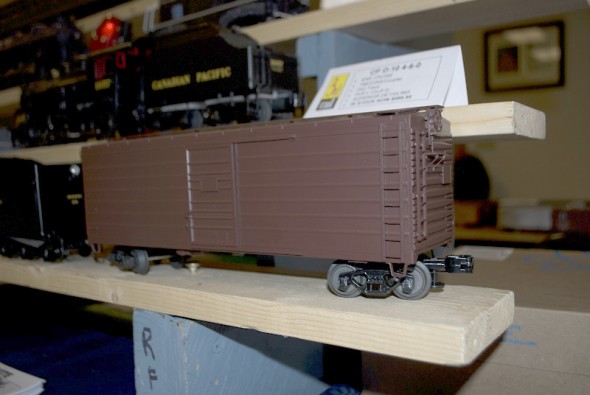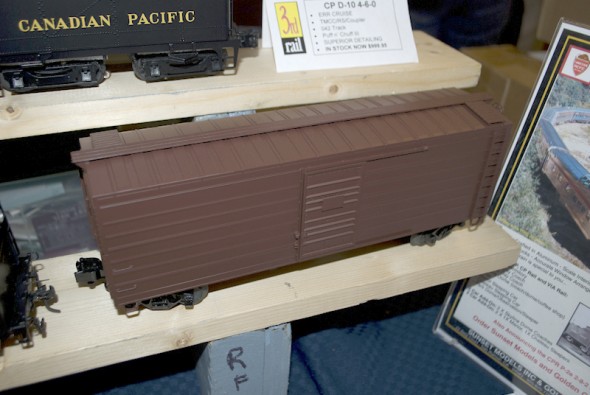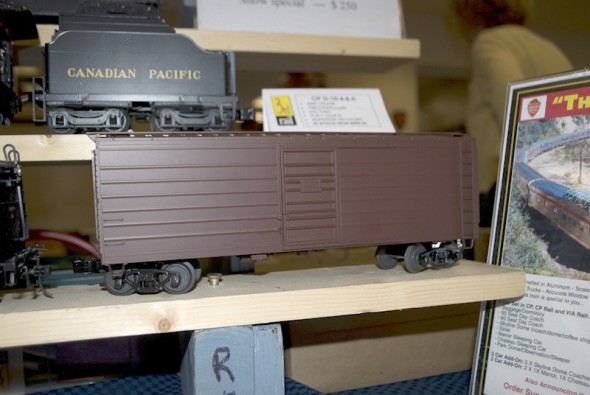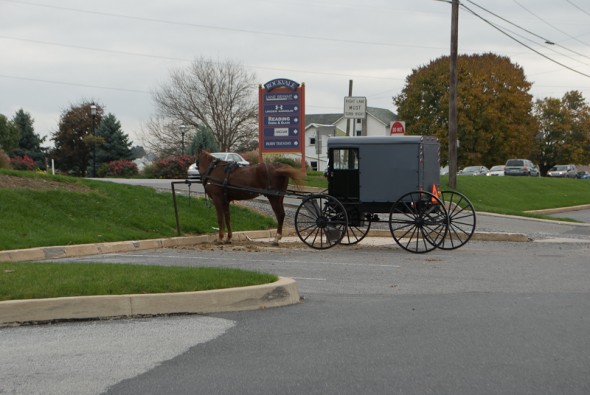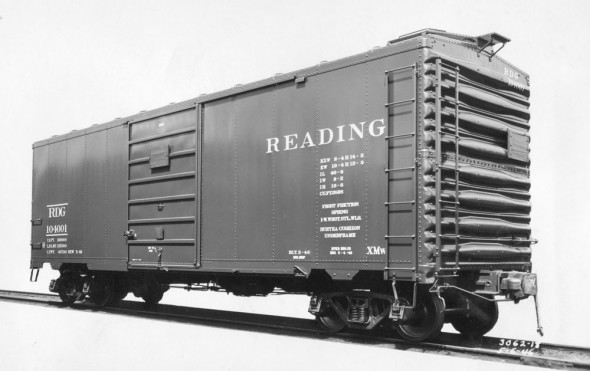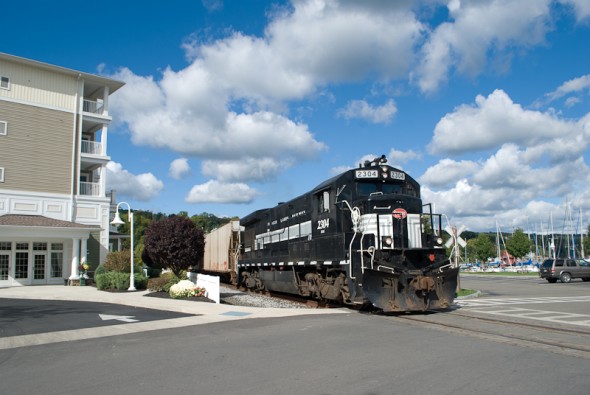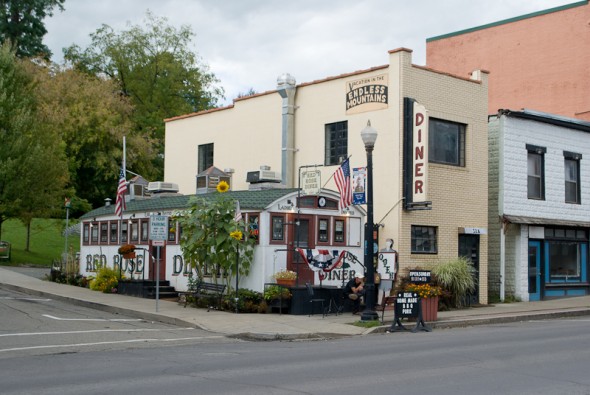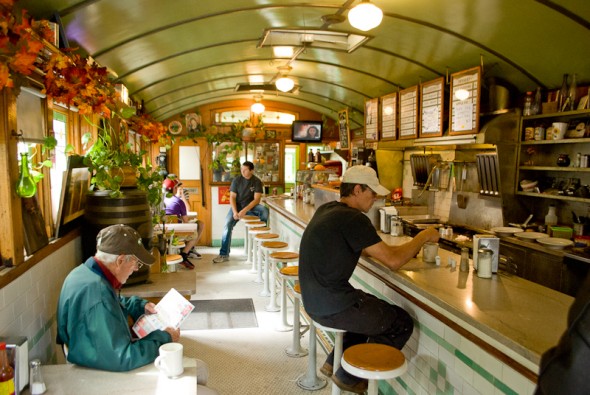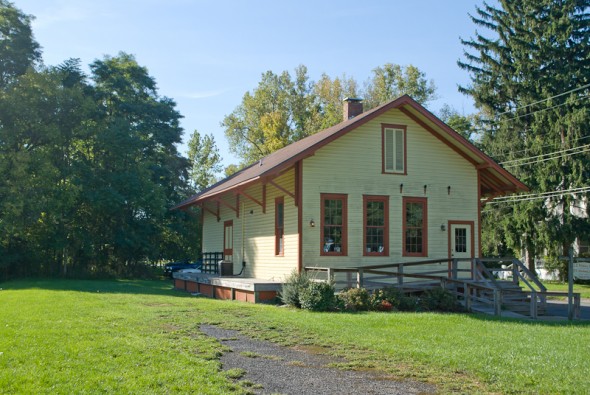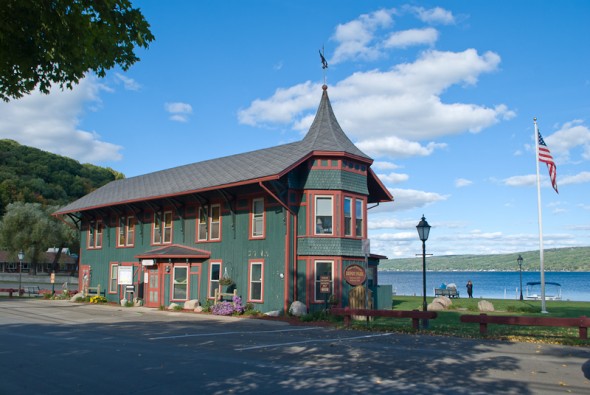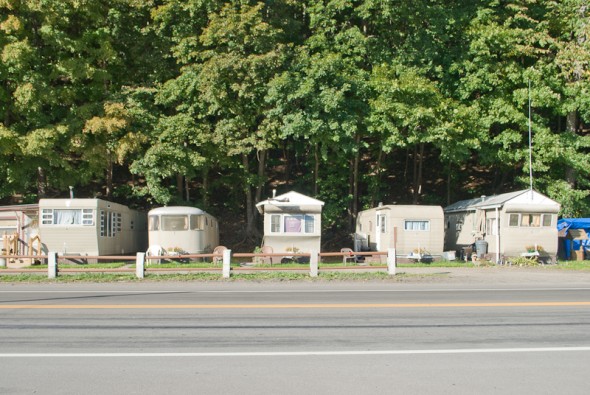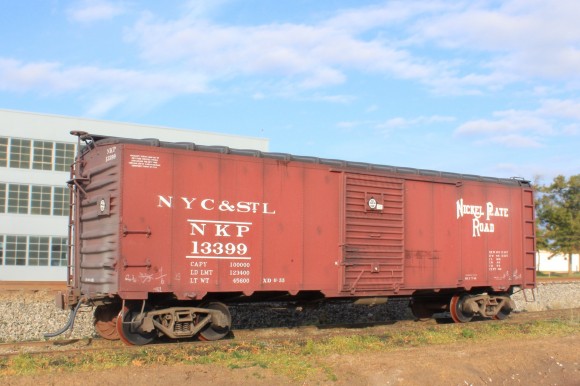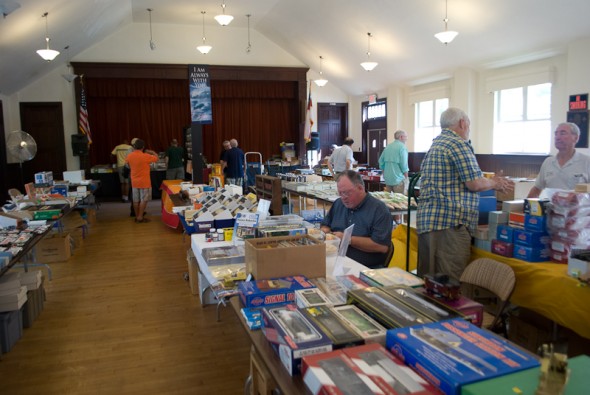Even though the Cherry Valley Show is a local show for me, it’s only about 19 miles from my home. In recent years haven’t always attended the show. But a friend who has been dealing with some health issues recently needed a hand, so I found myself attending the show and with a few extra things on the table as well.
The show was typical a Cherry Valley Show. A couple of dealers, some guys selling some extra stuff and a growing number of club members selling some extra stuff. Not much at all in the way of new products.
Most (not all) of the people that I spoke with today during the show were either current members or like myself former members of the club.
Michael Rahiley was the only dealer who had the new Weaver Milwaukee Rib-side Boxcars on his table. I was surprised he did not sell them out. They looked nice.
Tom Thorpe was demonstrating a track bending tool during the show. It looked cool and I believe there is a write-up about it in the current O Scale Trains. He also had samples of O Scale ready-built turnouts which looked very nice and were priced well.
I first attended a Cherry Valley show back in 1986 when I got into O scale. Back then they had a couple of brass dealers, a number of dealers with new products because they had accounts with wholesalers. It was held twice a year, once in May and again in September. It was something to look forward to. It’s a shame to see how the show has changed.
Today’s show was not well attended, I heard from a couple of sources that there were only twenty-five paid people in attendance in addition to the people who had tables and the club members.
